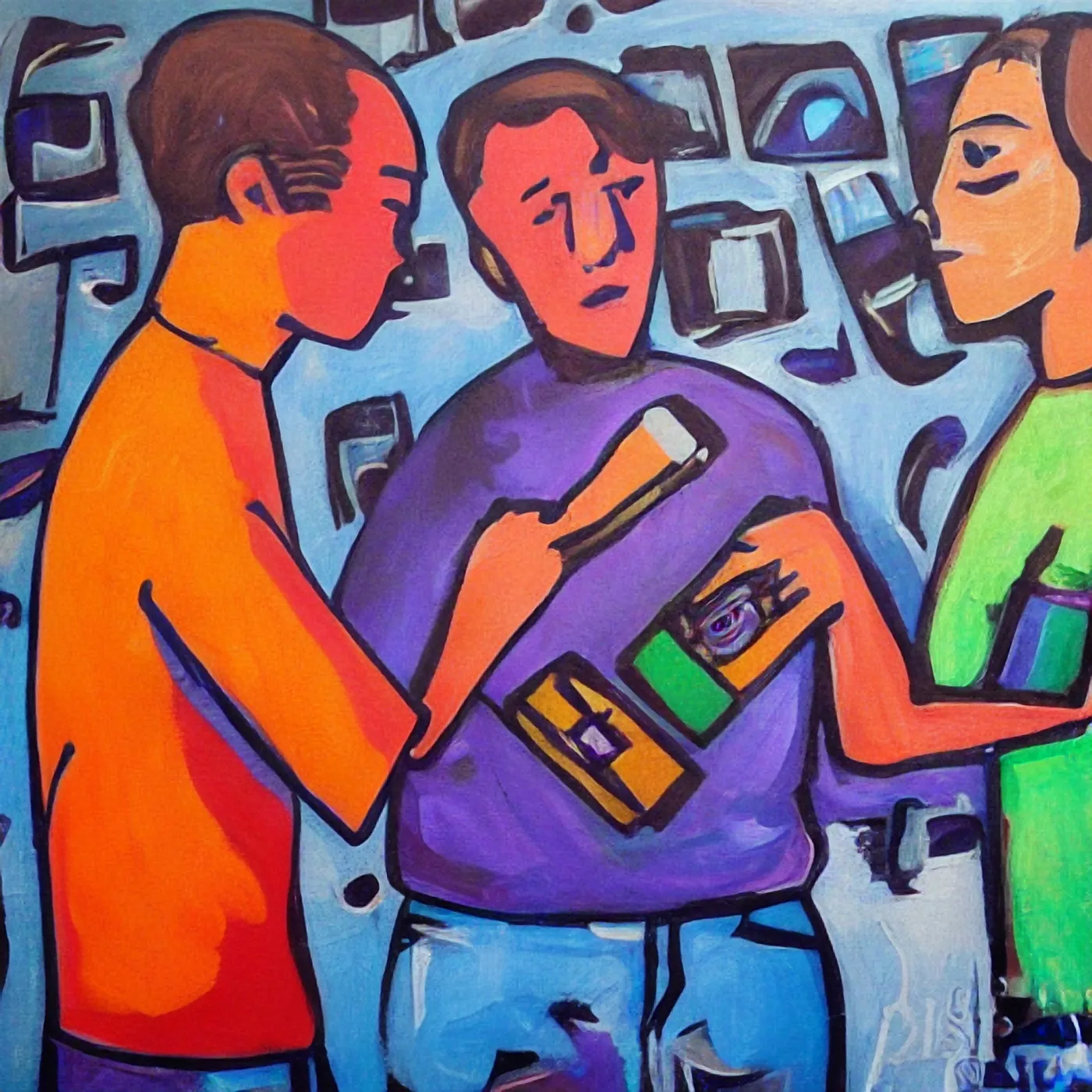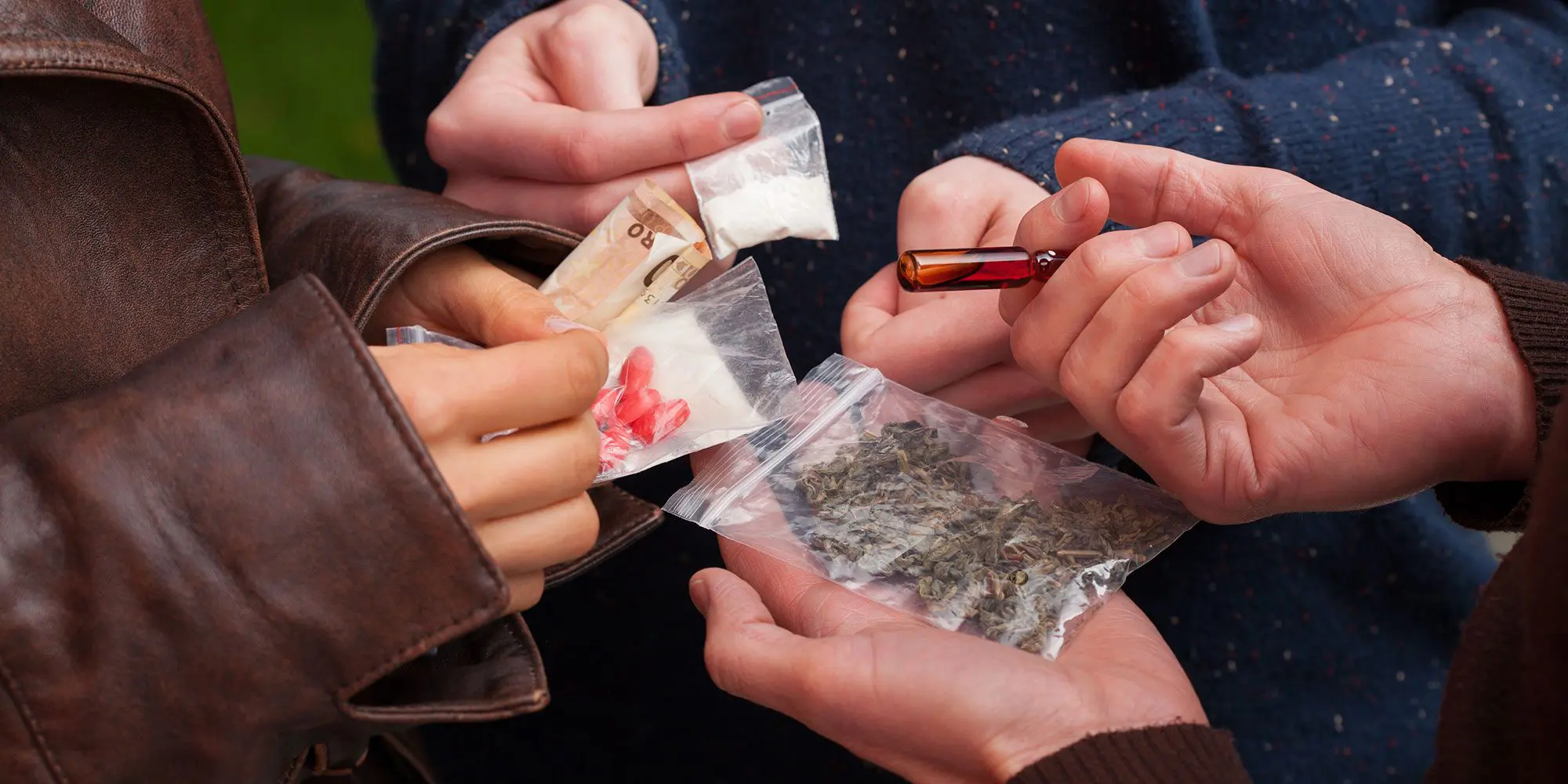Substance abuse in teens is a fundamental problem that can have long-lasting effects on their health, academics, future careers, and relationships. As a parent, teacher, or concerned adult, it’s important to recognize when a teen struggles with substance abuse and provide the necessary support.
This blog offers tips to help you identify substance abuse in teens, approaches for approaching them about the issue, and prevention strategies to help reduce the likelihood of substance abuse. We also offer information on resources and support available to teens and parents.
Introduction to Substance Abuse in Teens
Teens are vulnerable to substance abuse due to their fragile emotional state and the impact of peer pressure. Substance abuse can harm their physical, psychological, and social well-being, so recognizing the warning signs is essential to preventing long-term damage.
Definition of Substance Abuse in Teens
Substance abuse refers to the consumption of illegal drugs, prescription drugs, and alcohol in amounts that are detrimental to a person’s physical and emotional health. For teens, substance abuse can interfere with their cognitive development and negatively impact their personal relationships, academics, and prospects.
The Importance of Recognizing Substance Abuse in Teens
Recognizing substance abuse in teens is vital to preventing long-term harm to their health, relationships, and prospects. Early identification and intervention can help prevent addiction and promote positive behavioral changes.

Signs and Symptoms of Substance Abuse in Teens
1. Physical Changes: Look for noticeable alterations in appetite, weight, personal grooming habits, and physical health, including bloodshot eyes, frequent nosebleeds, or unexplained injuries.
2. Mood Swings: Rapid or extreme changes in mood, such as bouts of unexplained irritability, anger, or anxiety, can be a sign.
3. School Performance: A sudden drop in grades, truancy, or loss of interest in school activities might indicate a problem.
4. Changes in Social Circle: Be aware if the teenager starts hanging out with a different crowd, especially if the new friends are known to use substances.
5. Increased Secrecy: Substance-using teenagers often become very secretive about their activities, whereabouts, and friends.
6. Behavioral Changes: Unexplained changes in behavior, such as increased impulsivity, agitation, or lethargy, can signal substance use.
7. Financial Irregularities: Unexplained need for money, frequently borrowing money, or missing items that might have been sold for cash.
8. Legal Troubles: Encounters with the law, such as arrests for disorderly conduct, driving under the influence, theft, etc., can be a clear sign.
9. Unusual Smells: Persistent smells on breath, clothes, or in the bedroom can be a sign of substance use.
10. Hidden Paraphernalia: Discovery of items used in substance use, such as pipes, rolling papers, or pill bottles, is a strong indication of abuse.
How to Approach a Teen Suspected of Substance Abuse
Preparing for the Conversation
Before approaching a teen suspected of substance abuse, preparing yourself emotionally and mentally is important. It’s essential to remain calm, supportive, and non-judgmental and avoid using accusatory language.
Having the Conversation
When approaching a teen suspected of substance abuse, it’s essential to express your concern for their well-being and encourage them to seek professional help. It’s also essential to set clear boundaries and consequences for continued behavior.
Seeking Professional Help
If a teen is unwilling or unable to make positive changes, it’s essential to seek professional help from a healthcare provider, a therapist, or a substance abuse treatment center.

Resources for Help and Support for Teens and Parents
Hotline Numbers and Websites
Several hotlines and websites offer support and guidance to teens and parents struggling with substance abuse. These include the National Institute on Drug Abuse and the Substance Abuse and Mental Health Services Administration.
Support Groups for Teens and Parents
Support groups provide a safe and supportive environment for teens and parents to share their experiences and learn from others. Organizations such as Al-Anon and Narcotics Anonymous offer support groups for individuals struggling with substance abuse.
Treatment Options for Substance Abuse
Treatment options for substance abuse may include medication-assisted therapy, behavioral therapy, and inpatient or outpatient treatment. It’s essential to consult with a healthcare provider or a substance abuse treatment center to determine the best course of treatment for an individual’s specific needs.
Prevention Strategies for Substance Abuse in Teens
Substance abuse among teens is a genuine issue that can have long-term negative consequences on their physical and mental health. Here are some prevention strategies that can help parents and caregivers recognize and address signs of substance abuse in teens:
1. Education and Communication
Educating teens about the risks and consequences of substance abuse is important. Parents and caregivers can have open and honest conversations with teens about the dangers of substance abuse and its impact on their lives. Encouraging teens to ask questions and seek help when needed can also create a safe and supportive environment.
2. Parental Involvement and Supervision
Parents and caregivers play a crucial role in preventing substance abuse among teens. Setting clear expectations and rules, monitoring their activities, and having open communication can all help create a positive and supportive environment. It’s important for parents to be aware of their teen’s friends, activities, and behaviors and to be available to provide guidance and support when needed.
3. Alternative Activities and Hobbies
Encouraging teens to participate in alternative activities and hobbies can help reduce the risk of substance abuse. Sports, music, art classes, and other extracurricular activities can provide teens with a sense of purpose, belonging, and achievement and can also help them develop healthy coping mechanisms.
Statistics and Data on Substance Abuse in Teens
Understanding the prevalence and trends of substance abuse among teens is crucial to recognizing and addressing the issue. Here’s an overview of some statistics and data related to substance abuse among teens:
1. The Prevalence of Substance Abuse in Teens
According to the National Institute on Drug Abuse, approximately 50% of high school seniors have used drugs or alcohol at least once in their lifetime, and about 20% report using drugs or alcohol in the past month. Additionally, the Substance Abuse and Mental Health Services Administration reported that in 2019, an estimated 7.5 million individuals aged 12 to 17 reported using alcohol, and 4.8 million reported using illicit drugs.
2. Trends in Substance Abuse among Teens
The types of substances teens abuse can vary depending on geographical location, age, and gender. Some trends in substance abuse among teens include an increase in vaping and e-cigarette use, an increase in marijuana use, and a decrease in alcohol and cigarette use.
Common Substances of Abuse Among Teens
Parents and caregivers need to be aware of the common substances of abuse among teens to recognize and address signs of substance abuse. Here are some commonly abused substances among teens:
1. Alcohol
Alcohol is a commonly abused substance among teens. Underage drinking can lead to negative consequences such as impaired judgment, risky behavior, and alcohol poisoning. Parents and caregivers can help prevent underage drinking by setting clear expectations and rules, monitoring their teen’s activities, and having open communication.
2. Marijuana
Marijuana is another commonly abused substance among teens. Studies have shown that marijuana use can negatively affect brain development, memory, and learning. Parents and caregivers can help prevent marijuana use by educating teens about the risks and consequences and monitoring their activities.
3. Prescription Drugs including Fentanyl
Prescription drug abuse is a growing problem among teens. Teens may abuse prescription drugs to get high or to self-medicate for issues such as anxiety or depression. Parents and caregivers can help prevent prescription drug abuse by monitoring their teen’s medication use, keeping medications locked up, and properly disposing of unused medications.
Long-term Effects of Substance Abuse in Teens
Substance abuse can negatively affect a teen’s physical, mental, and social health. Here are some potential long-term effects of substance abuse in teens:
1. Physical Health Consequences
Substance abuse can lead to various physical health consequences, including organ damage, an increased risk of certain types of cancer, and impaired immune function.
2. Mental Health Consequences
Substance abuse can also have adverse effects on mental health, including an increased risk of anxiety, depression, and suicidal ideation. Long-term substance abuse can also lead to changes in brain structure and function.
3. Social and Legal Consequences
Substance abuse can also have social and legal consequences, such as strained relationships, difficulty maintaining employment, and legal trouble. Parents and caregivers must address substance abuse early to mitigate the potential long-term effects.
Recognizing and addressing substance abuse early in teens' lives is crucial for their well-being and future success. By familiarizing yourself with the signs and symptoms of substance abuse, approaching the conversation with empathy, and seeking professional help, you can positively impact the teen’s life. Remember, resources and support are available for you and your teen throughout the journey toward recovery.
FAQ
How common is substance abuse in teens?
Substance abuse in teens is more common than you may think. According to the National Institute on Drug Abuse, around 47% of high school seniors in the United States have tried an illicit drug. Additionally, alcohol and tobacco use are common among high school students.
What are some long-term effects of substance abuse in teens?
Substance abuse in teens can have several long-term effects. These include an increased risk of addiction, memory and attention problems, mental health disorders, and physical health issues such as liver damage, cancer, and respiratory problems.
What should I do if I suspect a teen is struggling with substance abuse?
If you suspect a teen is struggling with substance abuse, it’s essential to approach them with empathy and understanding. Prepare for the conversation by gathering information on substance abuse and support resources for teens and parents. Seek professional help for the teen if necessary.
How can I prevent substance abuse in my teens?
You can use several prevention strategies to help reduce the likelihood of substance abuse in your teens. These include talking openly and honestly about the dangers of substance abuse, setting clear expectations and rules, monitoring your teen’s activities and social circle, and encouraging alternative activities and hobbies.
By Lauro Amezcua-Patino, MD, FAPA. Unmasking the Hidden: 10 Key Signs to Spot Substance Abuse in Teens was originally published on Medium
